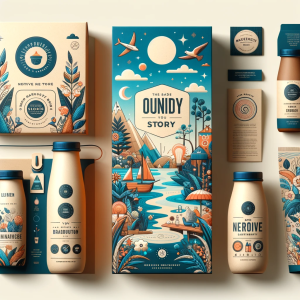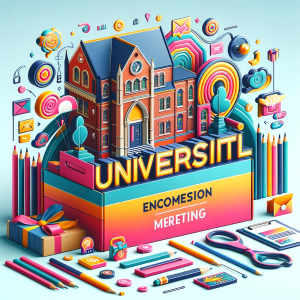Introduction
In the ever-evolving world of retail, the way products are presented on store shelves has undergone significant transformation. What once used to be a straightforward process of placing items on shelves has now evolved into a sophisticated interplay of branding, accessibility, and efficiency. Enter Retail Ready Packaging (RRP). This innovative approach to merchandising not only streamlines the stocking process but also offers an enhanced visual appeal for consumers. At Sam’s Packaging, our journey through the packaging landscape has allowed us to witness firsthand the transformative potential of RRP. It’s not just about housing a product; it’s about ensuring that both brands and retailers maximize their impact on the shop floor.
1. What is Retail Ready Packaging (RRP)?
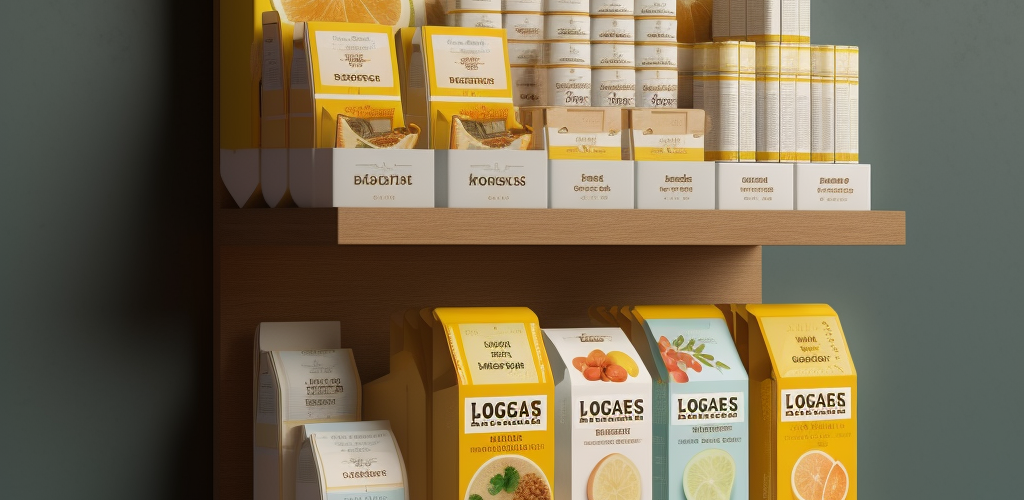
At its core, Retail Ready Packaging, often abbreviated as RRP, is specifically designed to optimize the in-store product placement process. But what sets it apart from traditional packaging? Here’s a closer look:
Efficiency in Shelving
One of the main hallmarks of RRP is that it can be directly placed on store shelves without requiring unpacking or rearranging. This feature drastically reduces the time and effort needed to stock products.
Consumer-Friendly Design
RRP is not just about making life easier for retailers; it’s also designed with the shopper in mind. Clear branding, easy access points, and engaging visuals are all integral components, ensuring that customers can quickly locate and pick up the product.
Minimal Waste
By eliminating the need for additional shelf-ready materials and ensuring the packaging itself is part of the display, RRP cuts down on unnecessary waste. This aspect is particularly appealing in an age where sustainability is at the forefront of many business decisions.
Durability with Display
While the packaging needs to be sturdy enough to withstand transportation and handling, its design is also optimized for visual appeal. It’s a balance between protection and presentation.
At Sam’s Packaging, we often emphasize that RRP is more than just a box; it’s a strategic tool that blends functionality with branding, bridging the gap between efficient logistics and effective marketing.
2. Benefits of Adopting RRP
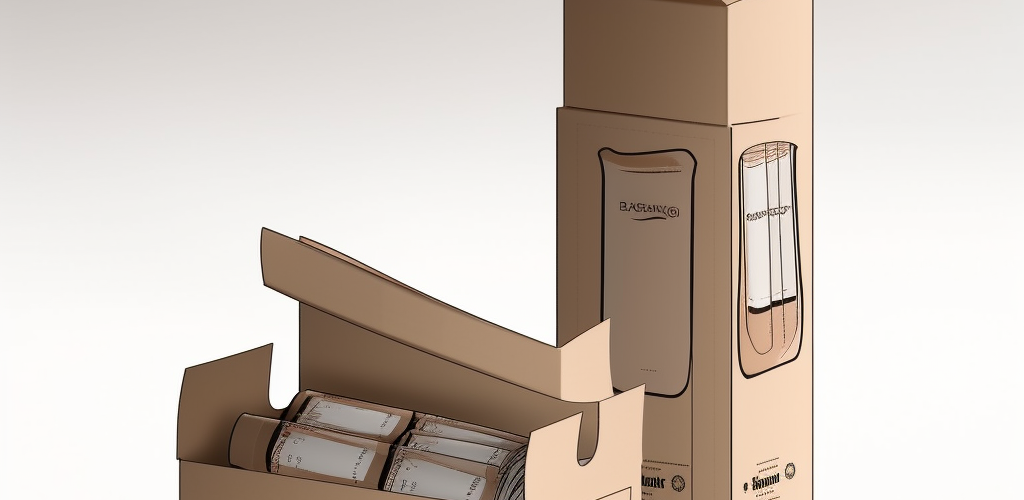
In the fast-paced world of retail, where every second and square inch counts, Retail Ready Packaging offers a multitude of advantages. Let’s delve into some of the prominent benefits of RRP:
Streamlined Stocking
One of the most tangible advantages is the efficiency it brings to the stocking process. Since products in RRPs can be placed directly onto the shelf, it significantly reduces stocking time. This leads not only to faster shelf replenishment but also to notable savings in labor costs. Imagine bypassing the unpacking, unfolding, and rearranging – that’s the ease RRP offers to retailers.
Brand Visibility
In the sea of products that flood retail shelves, standing out is paramount. RRPs are designed to maximize product visibility and brand recognition. With clear branding and strategic design, products housed in RRPs often enjoy enhanced shelf presence, drawing the eyes of potential buyers.
At a time when global consciousness is tilting towards sustainability, RRPs play a significant role. By minimizing the need for additional packaging and promoting designs that are both efficient and recyclable, RRPs can lead to significant reductions in waste. Moreover, many RRP solutions now utilize eco-friendly materials, ensuring a reduced carbon footprint.
Data Point
According to recent industry studies, an impressive 78% of retailers reported marked efficiency improvements in their stocking and inventory processes after transitioning to Retail Ready Packaging. This statistic underscores the tangible impact of RRP on operational efficacy.
3. Designs That Resonate: Key Elements of Successful RRP
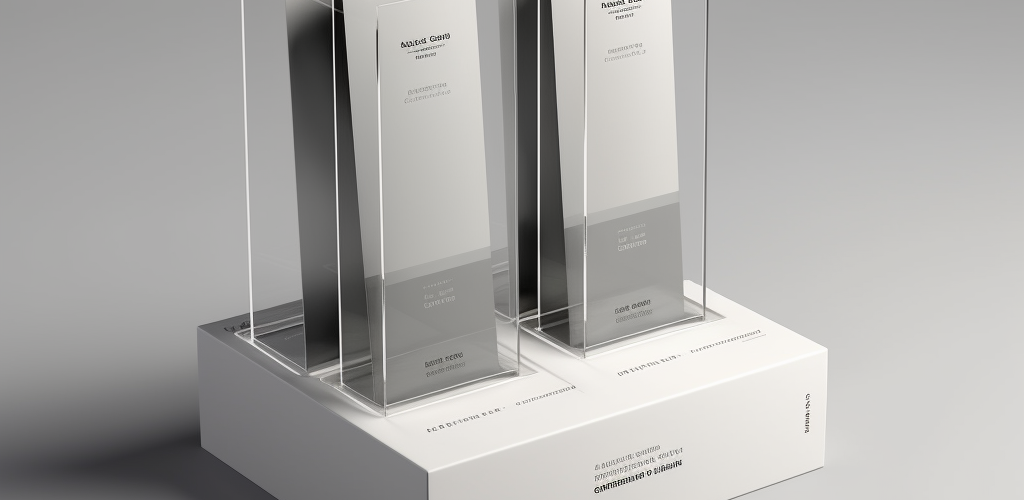
Retail Ready Packaging is more than just a convenient solution for retailers; it’s a canvas for brands to convey their story and value proposition directly at the point of purchase. The design of an RRP is pivotal in influencing buying decisions and enhancing the overall shopping experience. Here’s a closer look at the essential design elements that make RRP a winner:
Easy Identification
In the hustle and bustle of a retail environment, consumers often make split-second decisions. It’s imperative for RRPs to allow for instant product recognition. Bold, clear graphics, consistent brand colors, and concise information play a vital role in making a product instantly identifiable.
Clear Branding
With an abundance of choices available, strong brand identity can set a product apart. RRPs should seamlessly integrate brand logos, taglines, and any other distinctive branding elements. This not only fortifies brand recall but also fosters trust among consumers.
Quick Access
One of the cornerstones of RRP is the ease with which retailers can stock and consumers can access the product. Designs should prioritize simple opening mechanisms, tear-off sections, or even perforated openings. The idea is to reduce barriers between the product and the consumer while ensuring the product remains secure.
Balancing Aesthetics with Functionality
While it’s crucial for RRP to be visually appealing, it shouldn’t come at the expense of functionality. The ideal RRP design finds a harmonious balance. It attracts the consumer’s eye, reinforces the brand’s ethos, and ensures that the product is protected and easily accessible.
In the creative studios of Sam’s Packaging, our design team always places emphasis on these elements. We believe that RRPs are not just containers but storytellers – narrating the brand’s tale while ensuring practicality is at its heart.
4. The Sustainability Edge
In today’s rapidly evolving retail landscape, the buzzword is ‘sustainability’. More consumers are making environmentally conscious decisions, and retailers are echoing this sentiment by adjusting their supply chain and merchandising strategies. Amidst these green strides, Retail Ready Packaging (RRP) emerges as a beacon of eco-friendliness, blending operational efficiency with a reduced environmental footprint.
Here’s how RRP is contributing to a greener retail future:
Reduction in Packaging Material
One of the core principles of RRP is to minimize excess. By designing packaging that fits products snugly, there’s a significant reduction in the use of unnecessary materials. This not only conserves resources but also reduces waste.
Recyclability
Many RRP solutions are crafted from recyclable materials, primarily cardboard or corrugated paper. This ensures that once the packaging has served its purpose, it can be recycled, promoting a circular economy and reducing landfill waste.
Optimized Transportation
Efficiently designed RRPs can optimize space during transportation. More products can be packed into delivery trucks, leading to fewer trips and a consequent reduction in carbon emissions.
Less In-Store Waste
Traditional packaging often results in a substantial amount of waste when products are being shelved. RRP designs cater to easy stocking, meaning there’s little to no discard material left behind in the store.
At Sam’s Packaging, we’ve always championed the cause of sustainable practices. Our approach to RRP is no different. We understand the dual responsibility of packaging – to the brand and to the planet. By marrying these two, we’re ensuring that while products fly off the shelves, they leave the smallest carbon footprint in their wake. It’s a testament to our belief that sustainability and practicality aren’t mutually exclusive; they can, and should, go hand in hand.
5. Challenges in Implementing RRP
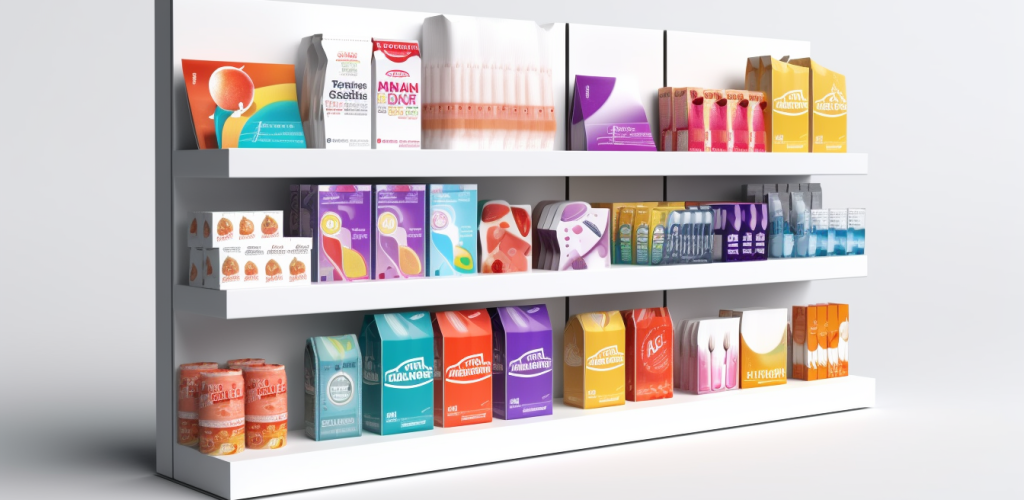
While Retail Ready Packaging (RRP) offers myriad benefits to both retailers and brands, its adoption is not without challenges. Transitioning to new packaging practices, especially those as strategic as RRP, requires careful planning, coordination, and investment. Here’s a closer look at some of the hurdles companies might face:
Initial Design and Testing Phases
The design phase for RRP can be demanding. It’s not just about ensuring a product fits well inside the packaging; the packaging must be intuitive for stockers, appealing to consumers, and efficient for transport. This often means multiple design iterations and extensive testing to achieve the perfect balance.
Compatibility with Existing Retail Systems
Not all retailers have the same store layout or shelving systems. An RRP solution that works perfectly in one store might be less effective in another due to space constraints, shelf designs, or other logistical factors. Ensuring universal compatibility, or creating variations of the RRP for different retail partners, can be challenging.
Cost Implications
While RRP can result in significant long-term savings—thanks to reduced labor costs, faster shelving times, and potential boosts in sales—the initial transition can be capital-intensive. From design consultations to prototyping and eventual mass production, there’s a considerable upfront investment.
Education and Training
For RRP to be effective, retail staff need to be familiar with the new packaging designs. This might necessitate training sessions to ensure that employees understand the best practices for unpacking, shelving, and recycling RRP solutions.
Consumer Perceptions
Changing packaging can sometimes alter a consumer’s perception of a product. Brands need to be cautious to ensure that in their bid to optimize for retail, they don’t alienate loyal customers who might have an affinity for the previous packaging.
Navigating these challenges requires a blend of creativity, collaboration, and a deep understanding of the retail landscape. At Sam’s Packaging, we pride ourselves on being attuned to these complexities. Our team collaborates closely with brands, ensuring that the transition to RRP not only enhances their retail presence but does so seamlessly, considering all potential pitfalls and opportunities.
6. Case Studies: Brands Making the Most of RRP
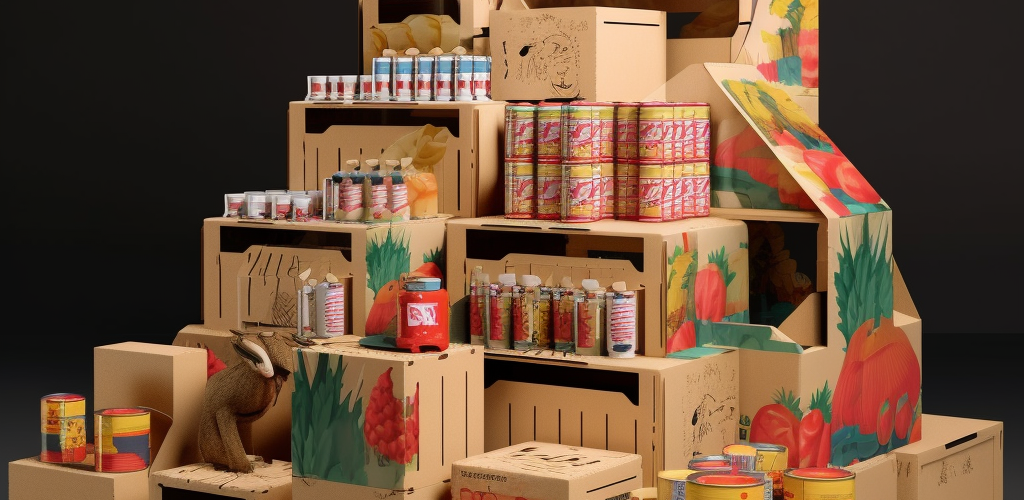
The true testament to the power of Retail Ready Packaging lies in real-world success stories. A number of leading brands, from diverse sectors, have realized the potential of RRP and, as a result, have seen remarkable improvements in both sales and operational efficiency.
a Brand: From Conventional to Convenient
- Challenge: With a vast product range, Brand A struggled with consistent shelf placement across different retailers. Their traditional packaging often required additional handling, leading to delayed restocking and lost sales opportunities.
- Solution: By switching to a universal RRP design that fit various retail setups, the brand ensured consistent and quick shelf placements. The easy-to-identify package also made the brand more prominent among competitors.
- Data Point: Post RRP adoption, Brand A reported a 12% increase in sales and a 25% reduction in restocking times.
b Brand: Embracing Sustainability
- Challenge: Brand B, known for its eco-friendly product range, wanted its packaging to mirror its brand values. The old packaging, though functional, was not in line with the brand’s sustainability ethos.
- Solution: Transitioning to RRP made from recycled materials and adopting a design that minimized waste, Brand B solidified its position as a sustainable market leader.
- Data Point: Not only did the brand experience an 8% surge in sales, but customer feedback also indicated a higher brand loyalty due to sustainable packaging.
c Brand: Tech Integration
- Challenge: In the era of smart retail, Brand C aimed to integrate tech features into its packaging to enhance consumer engagement. Traditional packaging made this integration cumbersome and less effective.
- Solution: RRP designs that incorporated QR codes and NFC tags, ensuring consumers could engage with the brand story right from the store shelf.
- Data Point: This tech-savvy approach to RRP resulted in a 15% increase in consumer engagement and a 10% boost in sales.
7. The Broader Impact: RRP's Role in the Retail Ecosystem
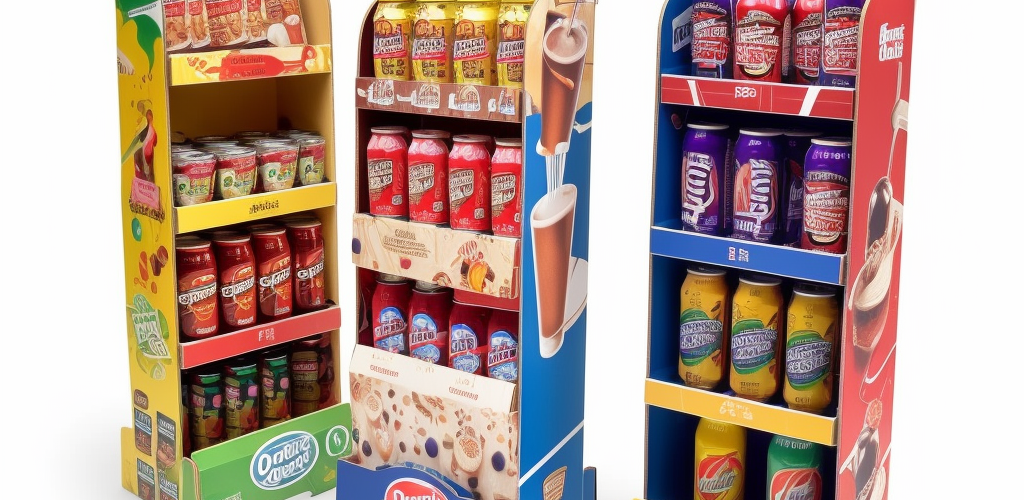
Retail Ready Packaging, while seemingly a behind-the-scenes shift, profoundly impacts the broader retail landscape, significantly influencing consumer behavior and the overall in-store experience.
Influencing Shopping Behaviors:
- Attention Grabbing: A well-designed RRP not only stands out on the shelf but can also guide the consumer’s eye. With mere seconds to capture attention, RRPs play a vital role in making those moments count.
- Informative Designs: The additional space on RRP can be used to provide valuable product information, tips, or promotional details, assisting consumers in making informed purchase decisions.
- Convenience Redefined: RRP means less hassle for store staff, but it also translates to a smoother experience for shoppers. Easy-to-access products and cleaner shelf layouts contribute to a frictionless shopping journey.
Enhancing In-Store Experiences
- Consistency is Key: Uniform RRPs lead to consistent shelf layouts, creating a sense of familiarity and brand loyalty among repeat shoppers.
- Interactive Engagement: The tactile nature of RRP offers an added layer of interaction. From textures that evoke curiosity to innovative opening mechanisms, RRP can transform passive browsing into active engagement.
- Aesthetic Appeal: Beyond functionality, visually appealing RRPs contribute to a store’s overall ambiance, aligning with the brand’s theme and aesthetic.
- Tech-ready Designs: Modern RRPs are being designed to seamlessly integrate with technologies like QR codes, NFC tags, and Augmented Reality (AR) markers, paving the way for an interactive shopping experience.
- Data Collection: By incorporating these technologies, brands can gather real-time data on consumer engagement, preferences, and buying patterns, leading to more tailored marketing strategies.
- Augmented Shopping: Imagine pointing a smartphone at an RRP and instantly accessing product demos, user reviews, or even virtual try-ons. The convergence of RRP and technology can make this futuristic shopping scenario a reality.
Conclusion
Retail Ready Packaging (RRP) isn’t just a passing trend; it’s carving out a defining space in contemporary retail, reshaping how products interact with consumers right on the store shelves. The shift towards RRP signifies more than just a change in packaging; it’s indicative of a broader evolution in retail dynamics, prioritizing efficiency, sustainability, and an enhanced shopper experience.
At Sam’s Packaging, we’ve been at the vanguard of this transformative movement, recognizing the profound potential of RRP in redefining retail spaces. By understanding the nuances of both retailers and consumers, we’ve been able to craft solutions that resonate with the current market needs and anticipate those of the future.
To all forward-thinking brands and retailers: don’t let your products blend into the background. Make them stand out, resonate, and leave an indelible mark in the consumer’s mind. Reach out to Sam’s Packaging today and discover how our tailored Retail Ready Packaging solutions can elevate your brand to new heights. Embrace the future of retailing with us.


